Japanese spindle tree: description, planting and care
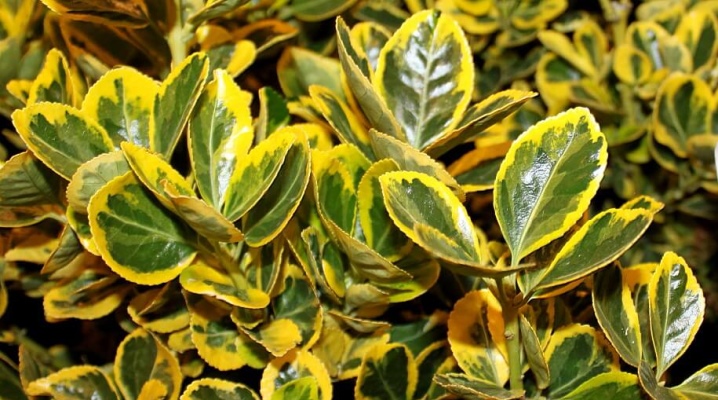
Japanese euonymus is a very beautiful shrub, chosen by the owners of the plots not only because of its neat appearance, but also for its absolute unpretentiousness. The cultivation of such a culture is suitable even for a novice gardener. We will analyze the description of the plant and how planting and care are carried out.
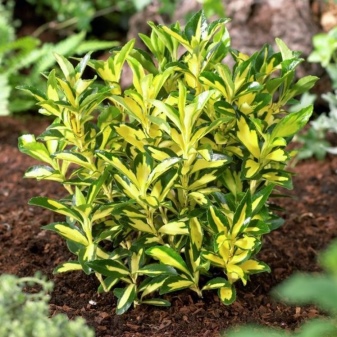
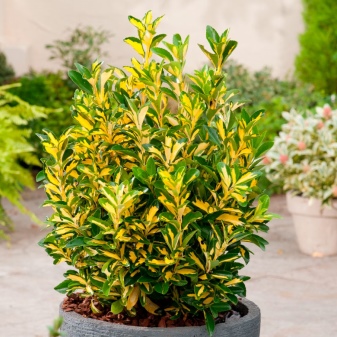
Peculiarities
Japanese euonymus is an ornamental plant grown both in an apartment and on the street. The description of the green shrub indicates that its crown is lush, bright and unusual. The leaf plates are colored dark green, but their border is light. The size of the leaves of the shrub is very impressive, and their surface is dense and rather fleshy. Evergreen ornamental trees also have beautiful fruits.
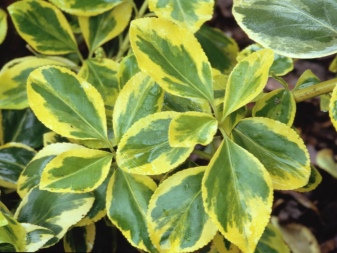
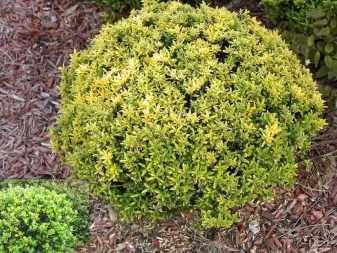
In a year, the pseudo-laurel increases in height by about 15-20 centimeters, but in nature it grows up to 7 meters. Euonymus blooms in July, when the plant is covered with neat green-yellow inflorescences. At home, the plant blooms extremely rarely, since it does not always have enough cool period for bud formation. In order to ensure the appearance of buds, it is necessary to keep the plant at a temperature of 2 to 10 degrees Celsius for 2 months.
The fruits grow in September and remain on the branches until almost October. The plant is unpretentious.

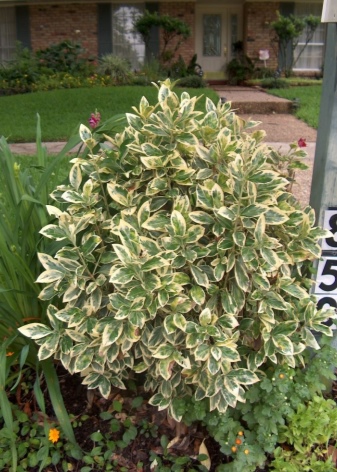
Popular varieties
Popular varieties of Japanese euonymus include "Latifolius Albomarginatus"characterized by the presence of bright green leaves with white stripes along the edges. Albomarginatus looks similar, but the edge of the plate looks narrower.
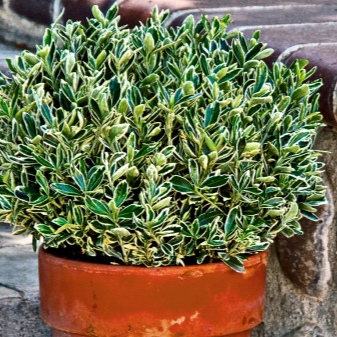
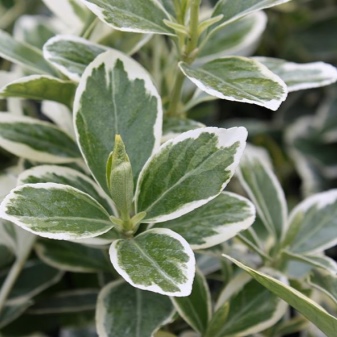
The variety "Moon" leaf plates are painted in a beautiful olive color with yellowish tints. Their border is wide and colored green.
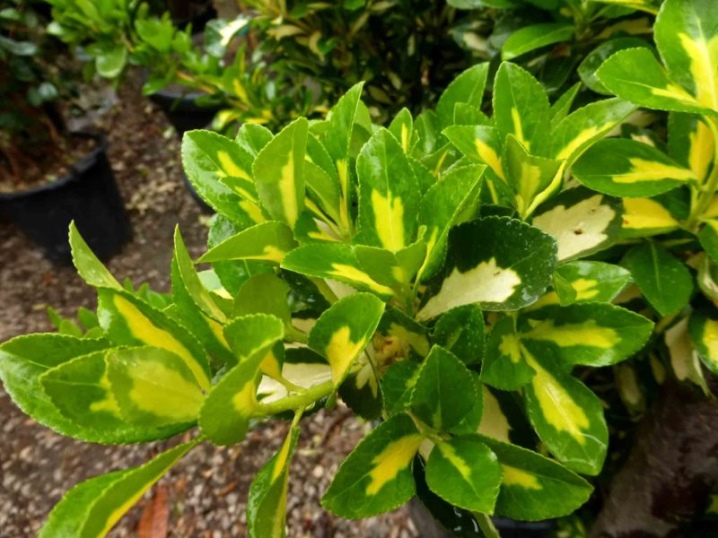
Variety "Mediolictus" can be recognized by the beautiful golden color of the plates and the green stripe as the border. "Microfillus" has small green leaves with a golden border.
Shrub varieties "Aurea" characterized by the presence of a green border and a bright yellow longitudinal stripe. "Owatus Aureus" is dwarf and has small oval leaves. The color of the leaf plates is a combination of a bright yellow border with an emerald longitudinal stripe.
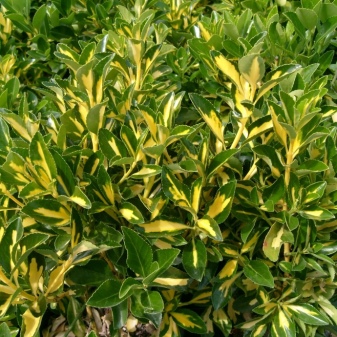

Shrub varieties "Bravo" possesses dark green toothed foliage. Some leaf blades are decorated with spots of yellow, beige, white or silver, located either in the center or along the edges.
Other known varieties of euonymus include "Marik", "Microfillus aureovariegatus" and "Ecstasy".

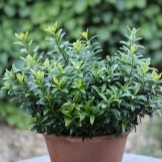
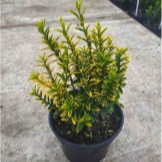

The subtleties of growing at home
Indoor spindle tree is an ideal component for bonsai formation. Caring for a plant, in principle, does not differ from what is required for a street bush. The euonymus should be irrigated, fed, sprayed in hot weather, and also taken out to the balcony on warm days. By the way, spraying is mandatory even when the batteries are turned on. In addition, you will have to attend to a regular transplant. The first 3 years of life, a pot change is carried out annually, and then one action in 3 years will be enough.
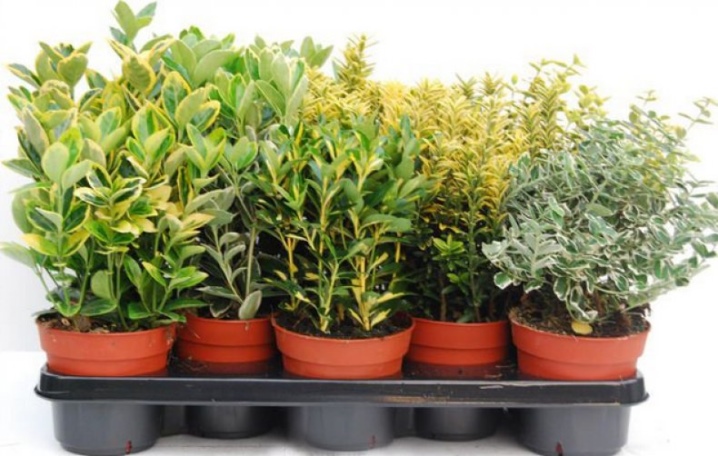
In most situations, the plant will also need artificial lighting in addition, especially if the window openings of the room face north. Pinching is carried out as needed to form a beautiful appearance of the euonymus. It is also important to regularly remove any dried, outdated, or otherwise damaged scions. If the home spindle tree begins to shed foliage, then you will have to carry out the necessary processing of the shrub.
The temperature in summer should be between 18 and 20 degrees, and in winter it should be maintained at 2-10 degrees.
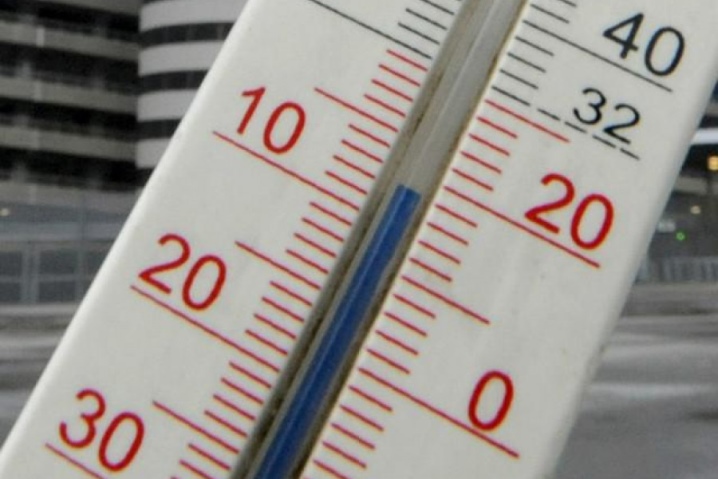
The pot can be either plastic or ceramic. The main thing is that the container volumes make it possible to comfortably place the root system inside. If you move the euonymus from too small to too large a pot, then you can provoke acidification of the soil and, accordingly, the death of the plant. It is better to choose loose and nutritious soil for home use. The easiest way is to purchase a ready-made substrate intended for growing decorative deciduous shrubs in an apartment.
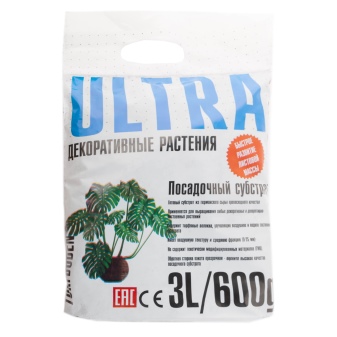
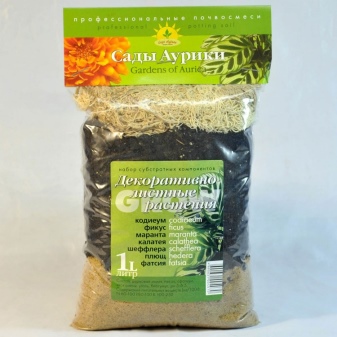
How to plant in open ground?
Planting euonymus in the garden in open ground is carried out only in a partially shady place. It is important to remember that an excess of sunlight will lead to a deterioration in the decorativeness of deciduous shrub plates and their falling asleep. The culture does not have special requirements for the soil. The best solution would be a combination of a part of leafy soil, the same amount of peat, a couple of parts of turf or garden soil, and river sand. If the soil in the selected area is acidic, then lime should be added to it immediately.
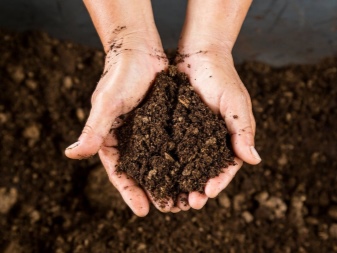
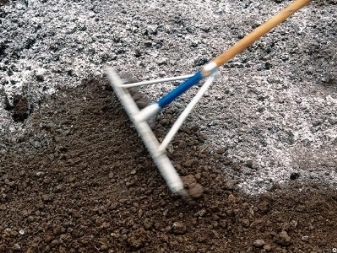
Disembarkation takes place from May to September on a sunless or rainy day. The hole is formed in such a way that its volume is a couple of times larger than the size of the root system. At the bottom, a drainage layer is formed, created from pieces of brick, gravel and expanded clay. Next, compost or humus is laid out, and then the soil. The seedling is placed vertically in the pit, its roots are covered with soil mixture. Finally, the surface is compacted and properly irrigated.
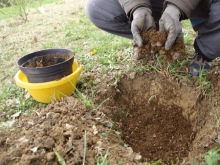
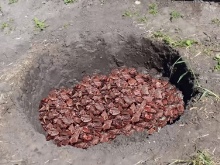
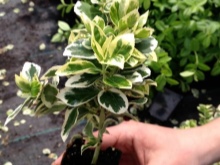
How to take care of it properly?
Japanese spindle tree care is required during the growing season, and in the winter months the plant rests in hibernation. With the onset of cold weather, it is enough only to mulch the near-trunk circle with peat, sawdust or dry foliage. Young shrubs can be additionally protected with burlap or agrofibre.
Watering
Irrigation of the crop should be moderate but regular. Both excessive moisture and lack of irrigation are dangerous for the crop. In general, you can focus on the topsoil, which needs to dry out. In the hot summer months, you can additionally spray the leaf plates about a couple of times a week.
In cold, rainy weeks, watering is stopped altogether, as the soil must be allowed to dry out.
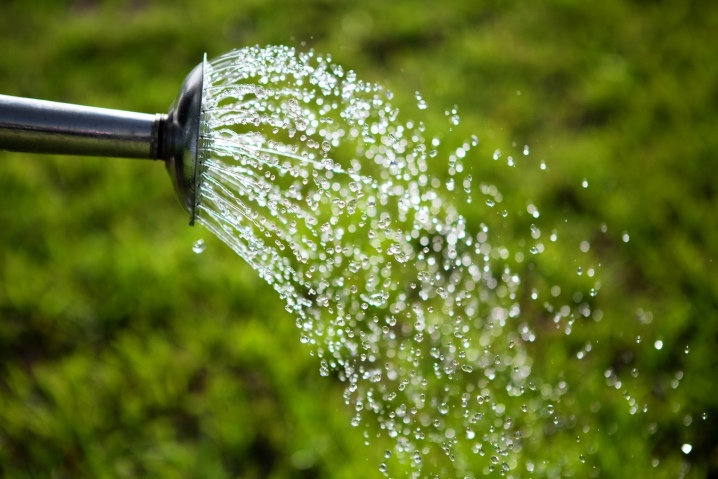
Top dressing
Fertilizers are necessary for Japanese euonymus in the same way as for any other plant. In the springtime, the plant needs nitrogen to grow the green part. Further, mineral complexes containing potassium and phosphorus stimulate the development of the kidneys. In winter, feeding the pseudolaura is not required, since the bush is dormant. Fertilizers can be applied as follows: 50 grams of urea in early spring, phosphorus-potassium fertilizers in the middle of summer and, finally, 300 grams of slaked lime in the fall during digging.
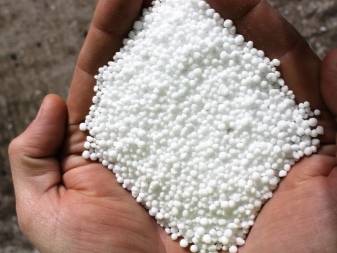
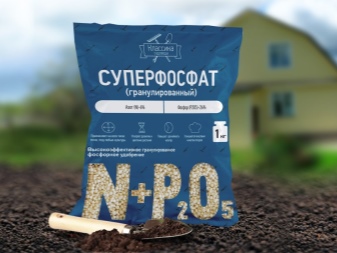
Pruning
A full-fledged pruning of the Japanese euonymus is useless, but it needs regular pinching. Such processing of the tips should occur with the growth and development of the plant in order for the bush to grow voluminous, but compact.
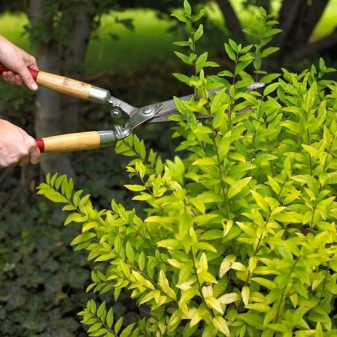
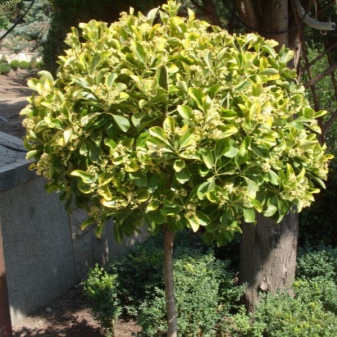
Reproduction methods
Japanese euonymus reproduces in three main ways: with the help of seeds, cuttings, or by dividing. Separation of the rhizome is a complicated and not always effective task, therefore it is rarely used.
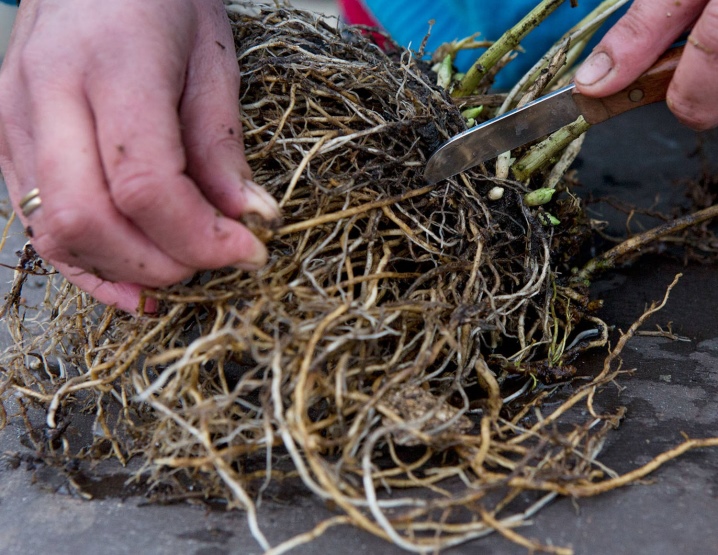
The most popular method is cuttings. Twigs 5 to 6 centimeters long are pruned in June or July. It is important to ensure that each cutting has at least an internode, and that the surface itself is green and not covered with wood.
If possible, then the bush that has already crossed the 5-year-old mark should be taken for grafting. After the procedure, the stalk is necessarily treated with a root stimulant, for example, "Kornevin" and immediately planted in a prepared nutrient soil located in the greenhouse.
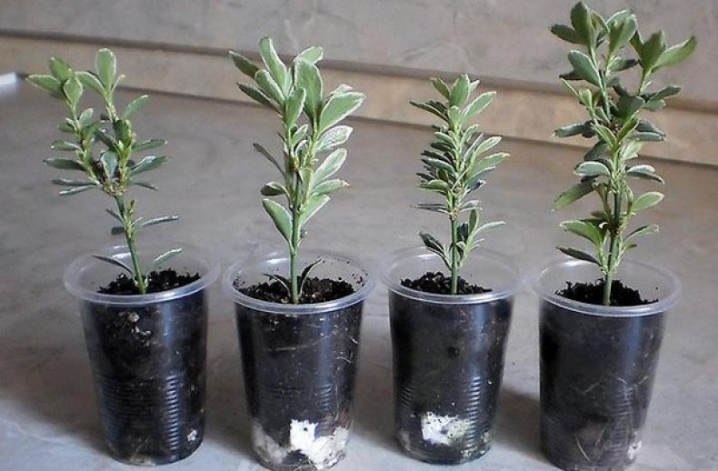
It is better to use a two-layer substrate, the lower layer of which consists of river sand, and the upper one is of loose soil mixture. Full roots will appear in 1.5 months.
It is better to propagate euonymus by seeds in the summer. Preparation for the procedure begins in another 4 months - the seeds are stratified at temperatures from 0 to 2 degrees Celsius. When the skin breaks on the seeds, they can already be planted. Previously, the peel is removed, and the samples themselves are disinfected with potassium permanganate. Landing is carried out in loose, fertile and moisture-consuming soil. Picking at individual containers is carried out when the sprouts are extended by 3-4 centimeters.
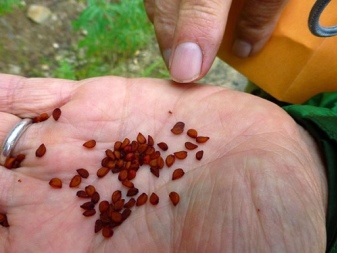
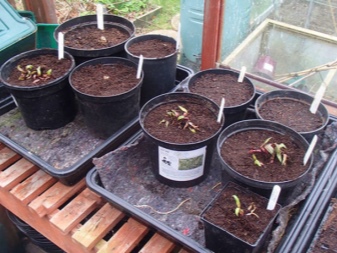
Diseases and pests
Japanese spindle tree often suffers from diseases and insect attacks, and is also deformed with improper care. For example, insufficient sunlight will cause the shoots to stretch too much. Vice versa, insufficient lighting contributes to the disappearance of pigment from the leaf blades and, accordingly, deterioration of their appearance... Curling the edges of the leaves may indicate that the shrub is in the sun. The yellowing of the leaves and their gradual falling off indicates excessive irrigation.
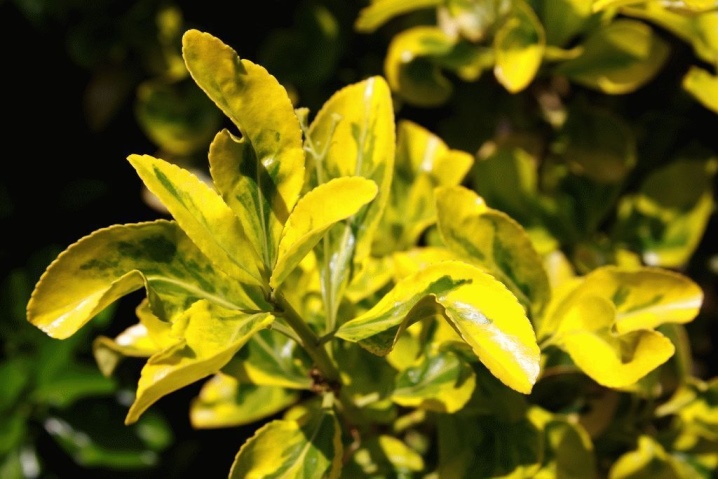
Without taking immediate measures, euonymus can even die. The presence of constant stagnation together with excessive irrigation leads to the fact that the culture stops developing. If we talk about the effects of insects, then most often the pseudolaura suffers from spider mites, scale insects, mealybugs and aphids. As a rule, suitable insecticides or a solution of colloidal sulfur cope with them quite effectively. Of the diseases, as a rule, rust and powdery mildew are found.
Since it is quite difficult to cope with these problems, it is much better to carry out prophylaxis using fungicides that are used only in rainy weather.
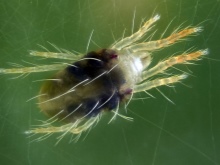
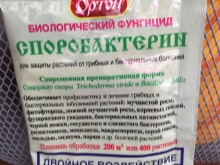
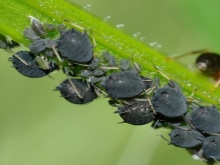
Application in landscape design
Best of all, Japanese euonymus looks like a hedge or a border surrounding the planting. An interesting composition can be created simply by using different varieties of the same culture. At the same time, copies with a "pure" greenish color, the sheets are more correct to use as a background for brighter colors. The grown euonymus looks organic when creating garden figures. Creeping varieties are more appropriate to use for decorating alpine slides or planting near stone walls of buildings.
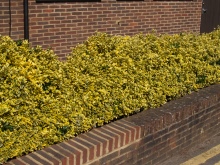
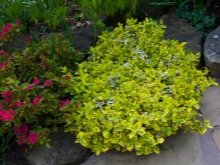

See below for details of spindle tree care.



































































The comment was sent successfully.